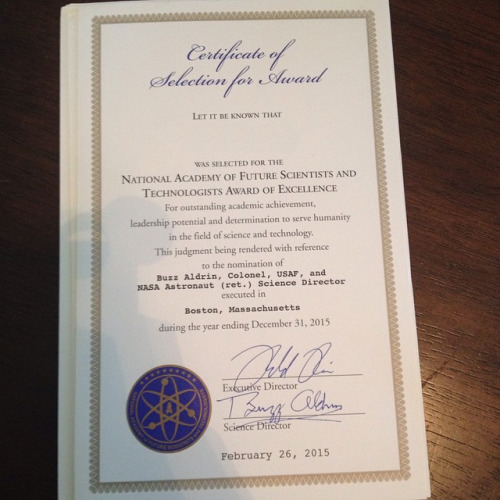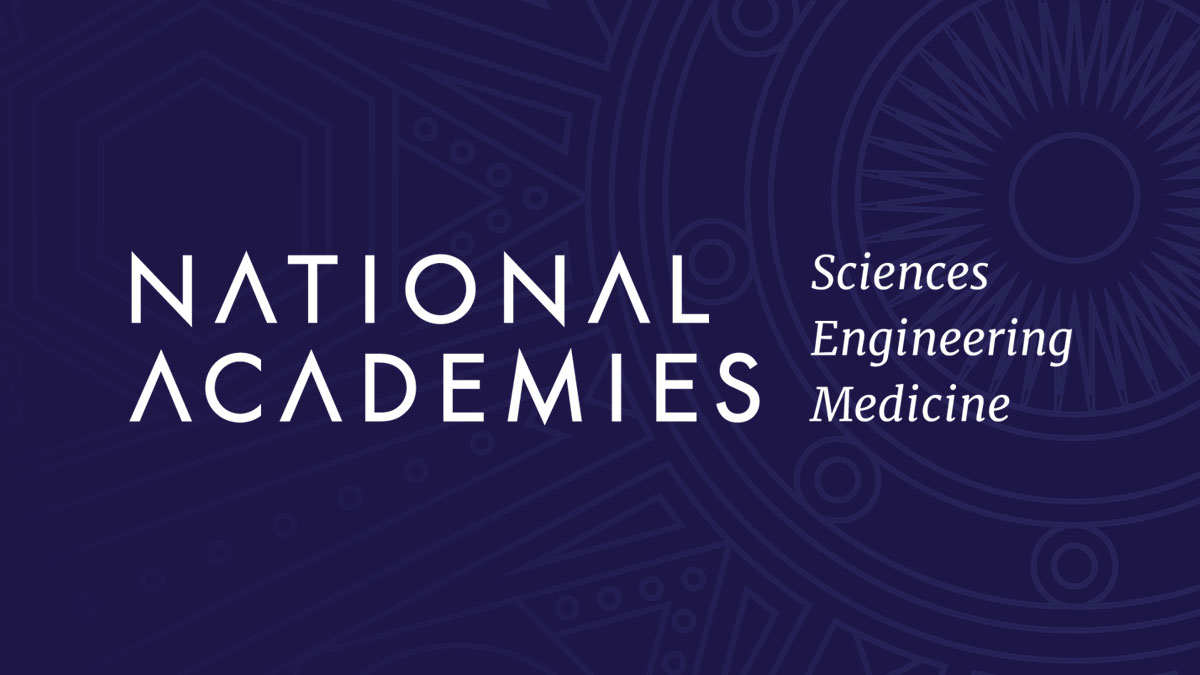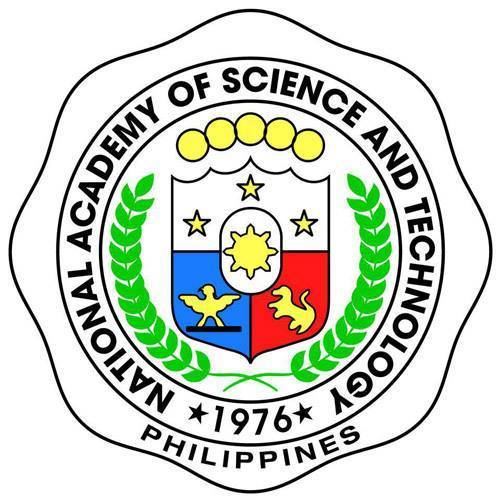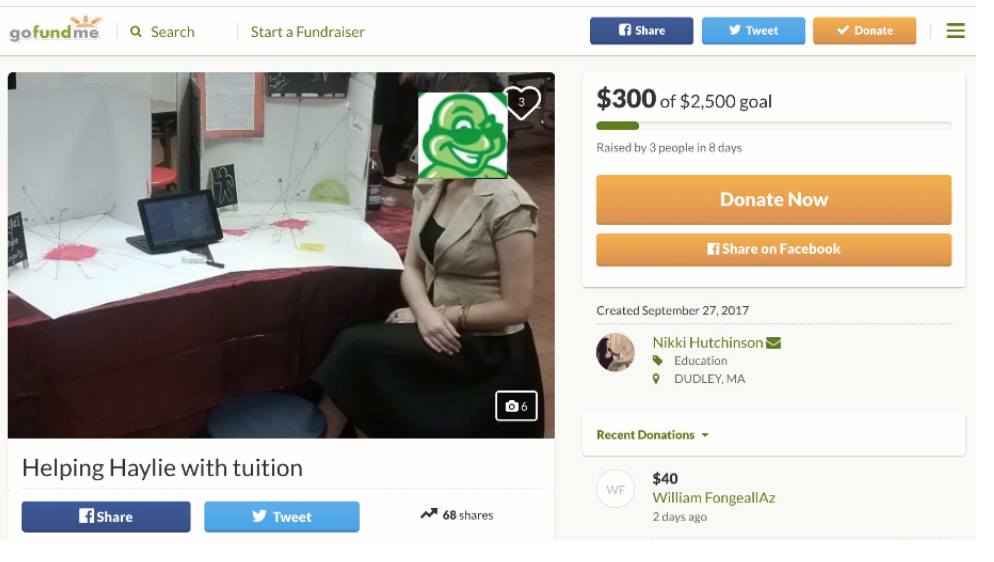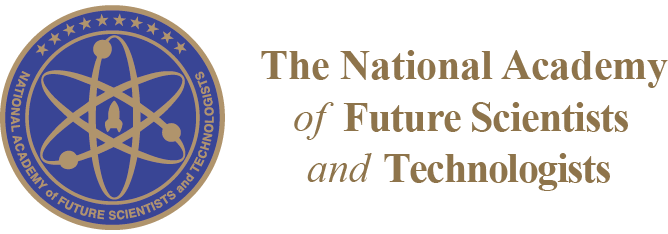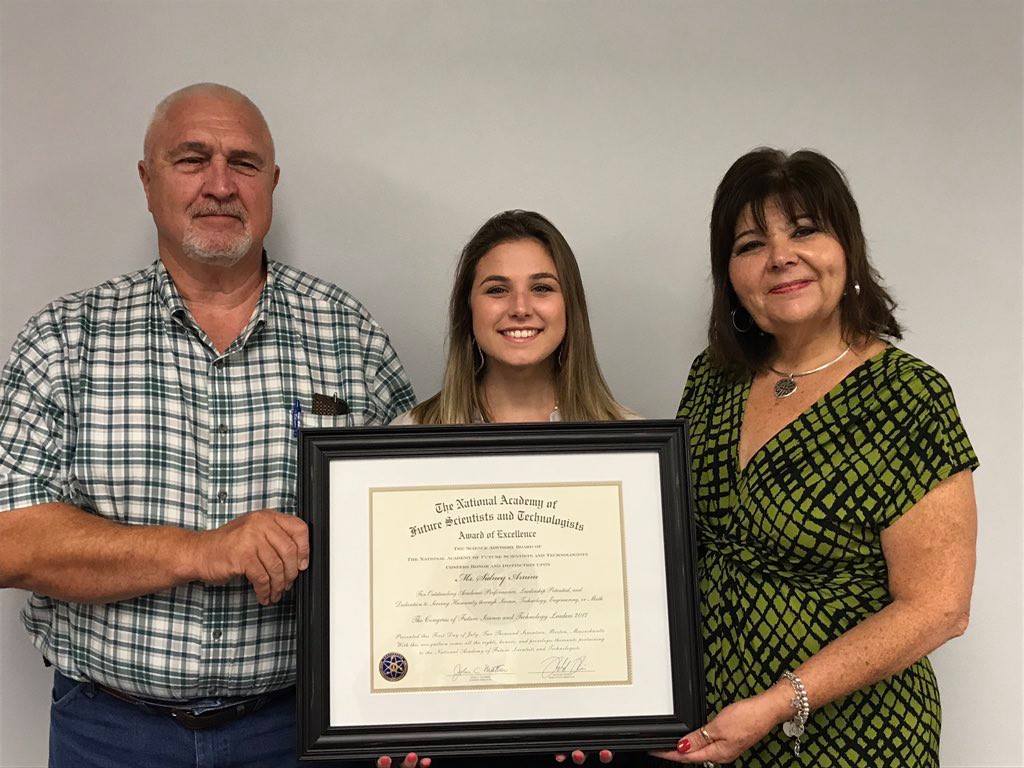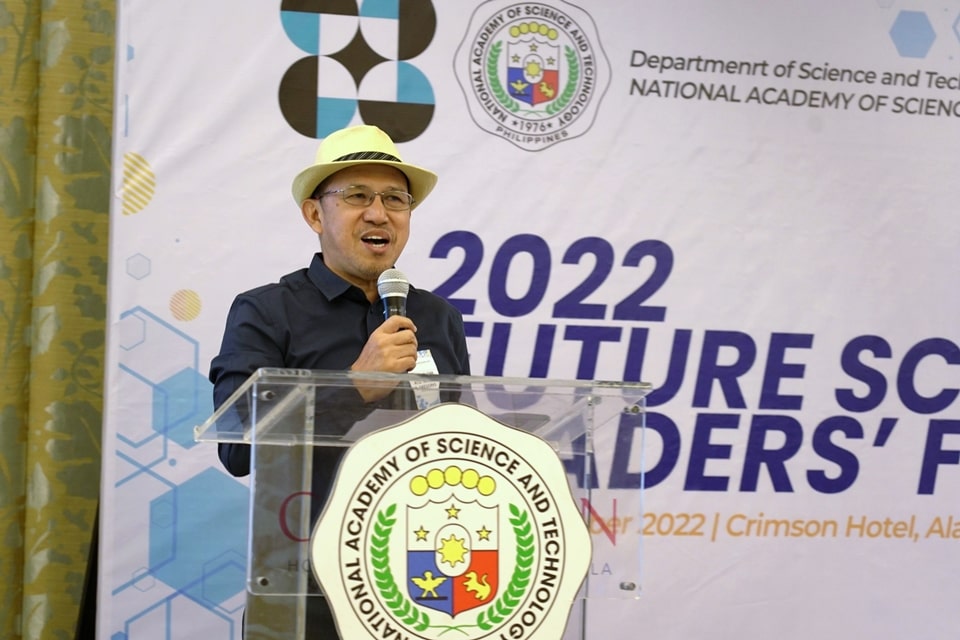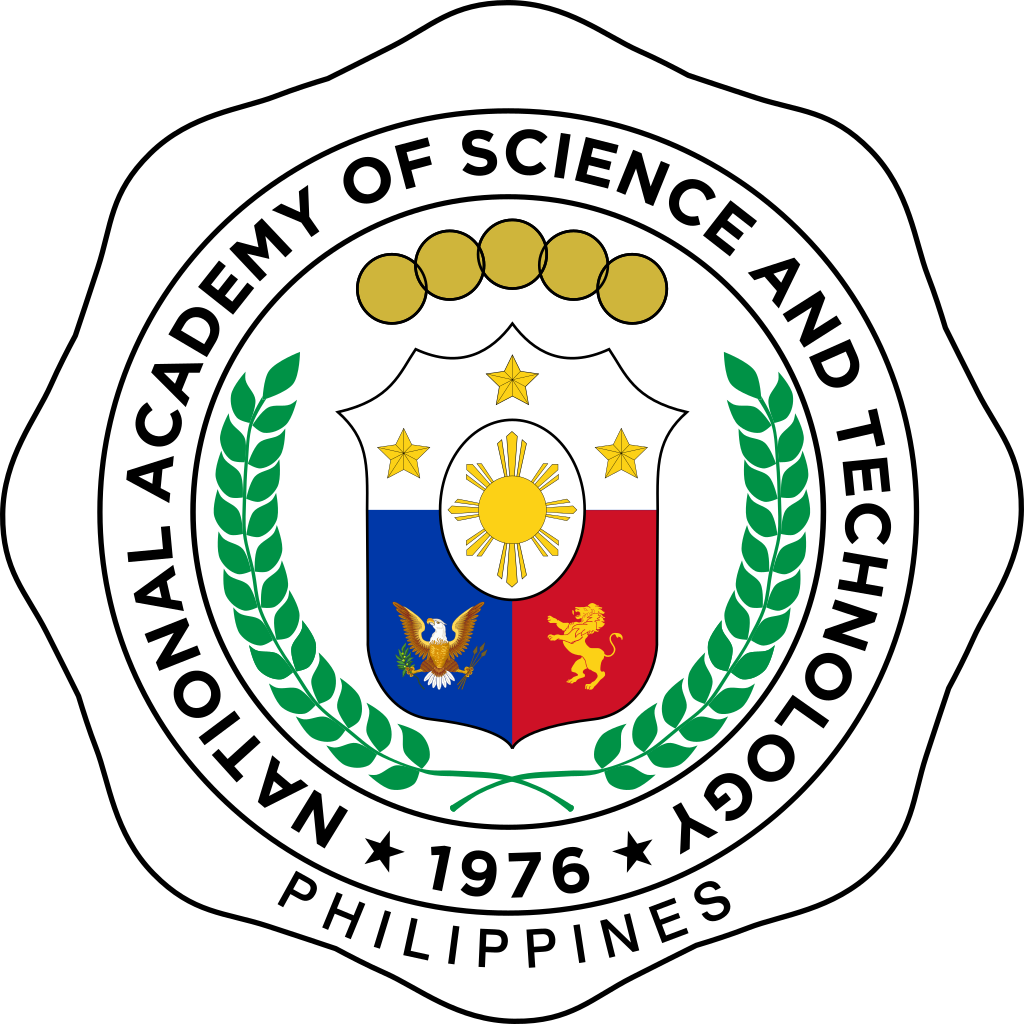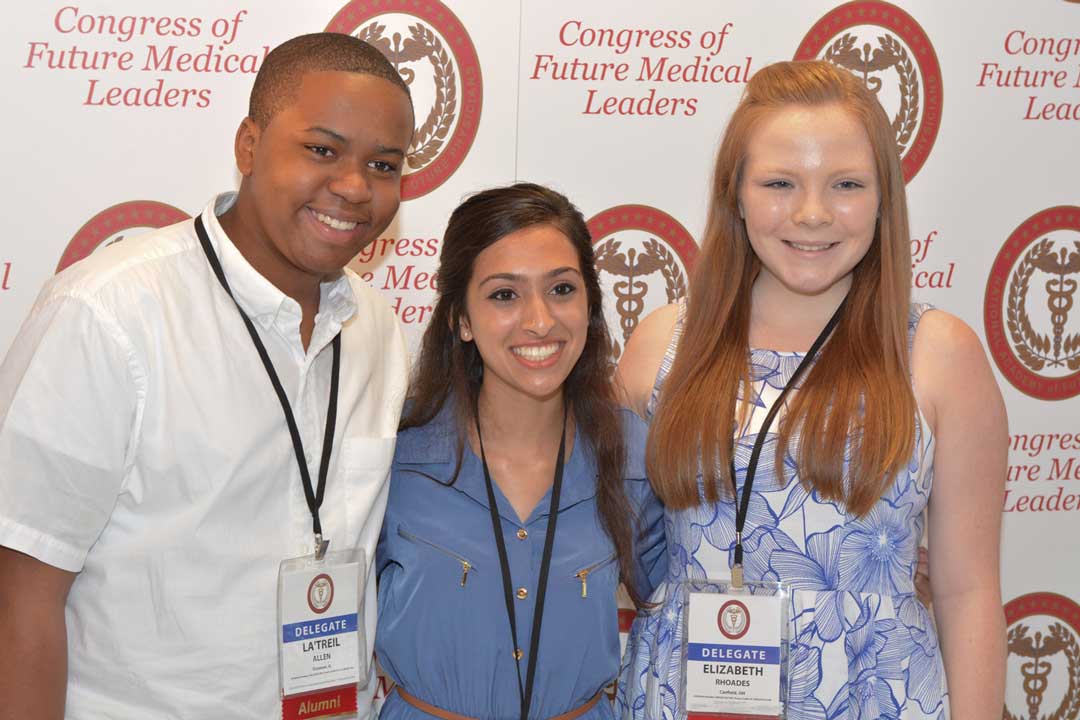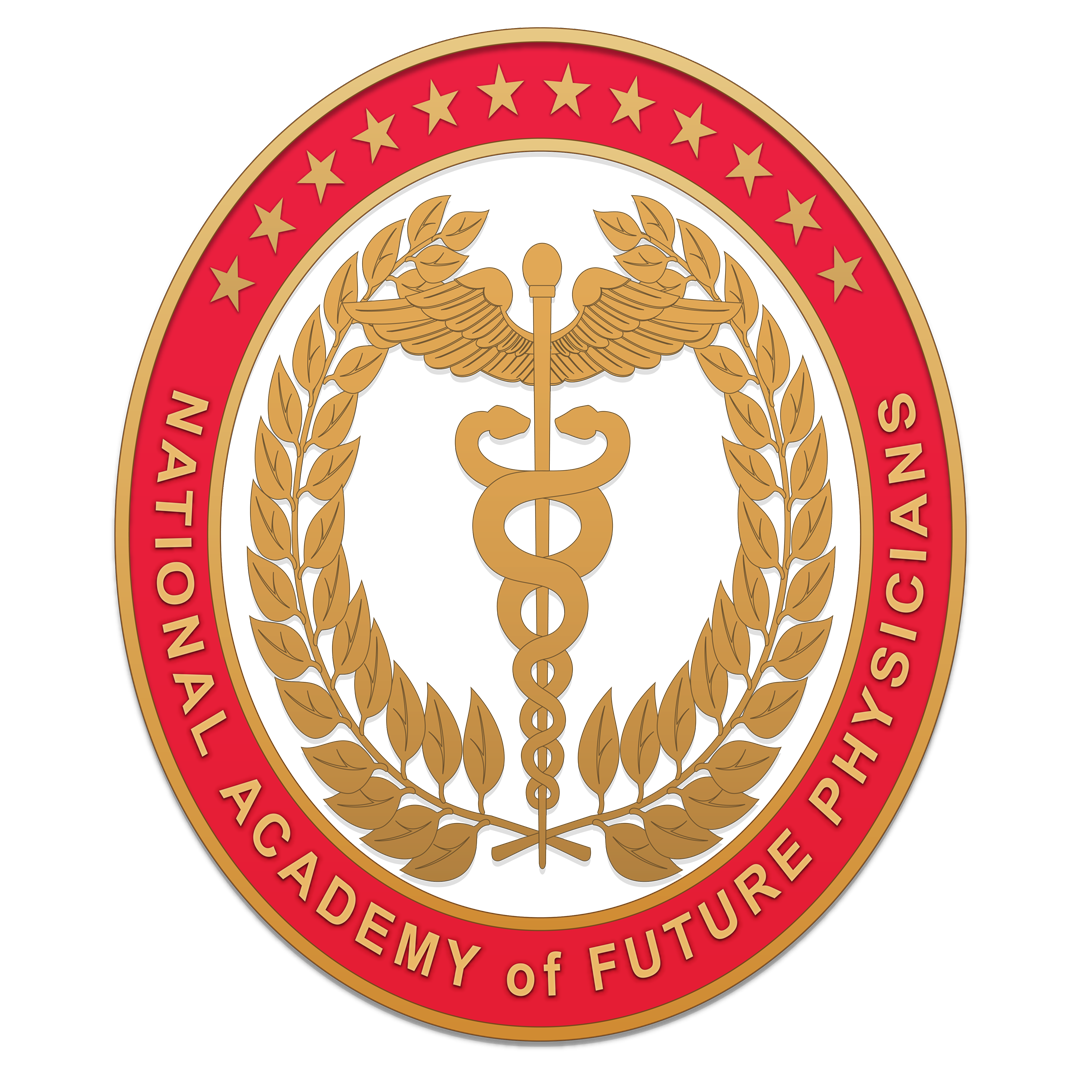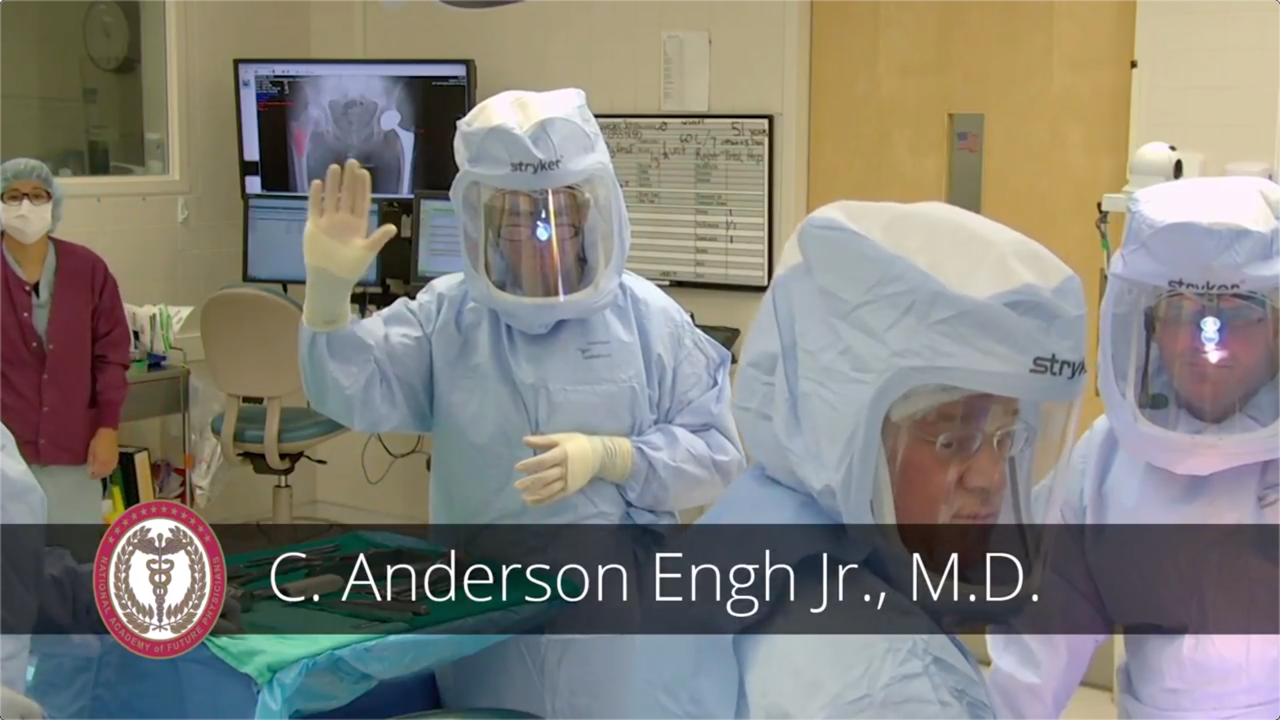National Academy Of Future Scientists And Technologists
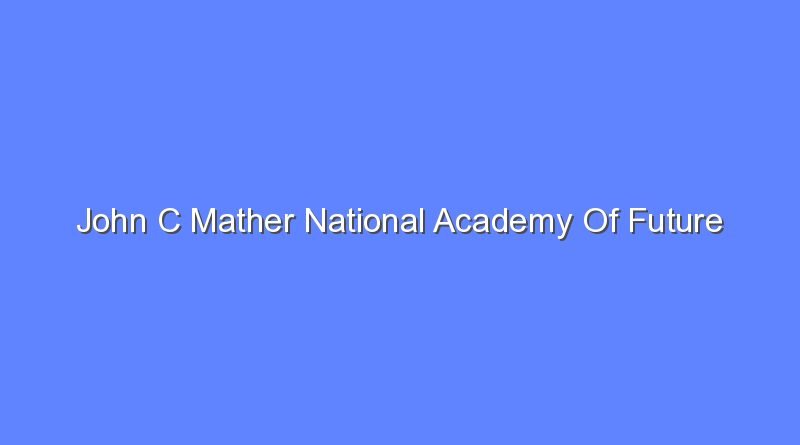
In a world increasingly shaped by technological advancements, identifying and nurturing the next generation of scientific leaders is paramount. The National Academy of Future Scientists and Technologists (NAFST), a non-profit organization dedicated to fostering an interest in STEM fields among high school students, is striving to do just that.
But questions arise regarding the true impact and effectiveness of such programs in achieving their stated goals of cultivating future STEM leaders and whether the benefits extend beyond resume padding.
Mission and Core Programs
The NAFST's core mission is to inspire and equip young people to pursue careers in science, technology, engineering, and mathematics. The organization achieves this through various programs, most notably the Congress of Future Science and Technology Leaders.
This annual event brings together high-achieving high school students from across the country for an intensive, three-day immersive experience. Students engage with leading scientists, technologists, Nobel Laureates, and innovators. It also includes attending lectures, workshops, and networking sessions.
The academy also offers online resources, mentorship opportunities, and scholarships to help students further their STEM education and career aspirations.
The Congress of Future Science and Technology Leaders: An In-Depth Look
The Congress of Future Science and Technology Leaders is the NAFST's flagship program. It's designed to provide a dynamic and inspiring environment for students passionate about STEM.
The congress features presentations by renowned scientists and technologists, including Nobel Laureates, breakthrough innovators, and leaders from cutting-edge companies. Speakers often share their personal stories, career paths, and insights into the future of their respective fields. Students have the opportunity to ask questions and interact with these accomplished professionals.
Beyond lectures, the congress incorporates interactive workshops and simulations that allow students to engage in hands-on learning and problem-solving. These activities are designed to foster teamwork, critical thinking, and creativity – essential skills for success in STEM careers. Students often work on real-world challenges and develop innovative solutions.
Selection Process and Eligibility
Participation in the Congress of Future Science and Technology Leaders is by invitation only. Students are typically nominated by their teachers, counselors, or school administrators based on academic achievement, leadership potential, and a demonstrated interest in STEM.
Specific eligibility criteria may vary from year to year. Generally, nominees must be high school students with a minimum GPA and a strong aptitude for science and technology.
The NAFST also considers extracurricular activities, such as participation in science clubs, math competitions, or robotics teams, as indicators of a student's passion for STEM.
Impact and Outcomes: Measuring Success
Assessing the true impact of the NAFST's programs requires a nuanced approach. While anecdotal evidence suggests that the Congress of Future Science and Technology Leaders can be a transformative experience for participating students, quantifying its long-term effects can be challenging.
The NAFST tracks the academic and career paths of its alumni to measure the program's impact on their educational choices and professional success. Data on college enrollment in STEM fields, graduation rates, and employment in STEM-related occupations are used to assess the program's effectiveness.
However, critics argue that correlation does not equal causation. Students who participate in programs like the Congress are already highly motivated and academically successful. They may have been destined for STEM careers regardless of their involvement with the NAFST.
Alternative Perspectives and Criticisms
Some educators and researchers express concerns about the exclusivity and cost of programs like the Congress of Future Science and Technology Leaders. The program requires a significant financial investment from participating students and their families, potentially creating barriers for students from low-income backgrounds.
There is also a question of whether the program’s focus on high-achieving students inadvertently reinforces existing inequalities in STEM education. Some argue that resources should be directed towards programs that target underrepresented and underserved populations to broaden access to STEM opportunities.
Furthermore, the marketing surrounding the NAFST sometimes draws criticism. The use of terms like "Academy" and "Congress" can create an impression of greater prestige and exclusivity than may be warranted.
The Role of Mentorship and Long-Term Engagement
Recognizing the importance of sustained support, the NAFST has expanded its efforts to provide mentorship opportunities and long-term engagement for its alumni. These initiatives aim to help students navigate the challenges of pursuing STEM education and careers.
The NAFST connects students with mentors who are established professionals in various STEM fields. Mentors provide guidance, advice, and support to help students develop their skills, explore career options, and build their professional networks. Mentorship programs often include regular meetings, online communication, and opportunities for shadowing and internships.
The academy also organizes alumni events and networking opportunities to foster a sense of community among its participants. These events provide a platform for alumni to connect with each other, share their experiences, and learn from each other's successes and challenges.
Looking Ahead: Future Directions for NAFST
As the demand for STEM professionals continues to grow, the NAFST is committed to expanding its reach and impact. The organization is exploring new ways to engage students from diverse backgrounds and provide them with the resources and support they need to succeed in STEM.
One area of focus is expanding access to online resources and virtual programs to reach students in rural and underserved communities. The NAFST is also working to develop partnerships with schools and organizations to provide STEM education and mentorship opportunities to a wider range of students.
Ultimately, the success of the NAFST and similar organizations depends on their ability to adapt to the evolving needs of the STEM landscape. By fostering a passion for science and technology and providing students with the tools they need to succeed, these organizations can play a vital role in shaping the future of innovation and discovery. The true measure of their success will be the contributions of the young scientists and technologists they inspire.
